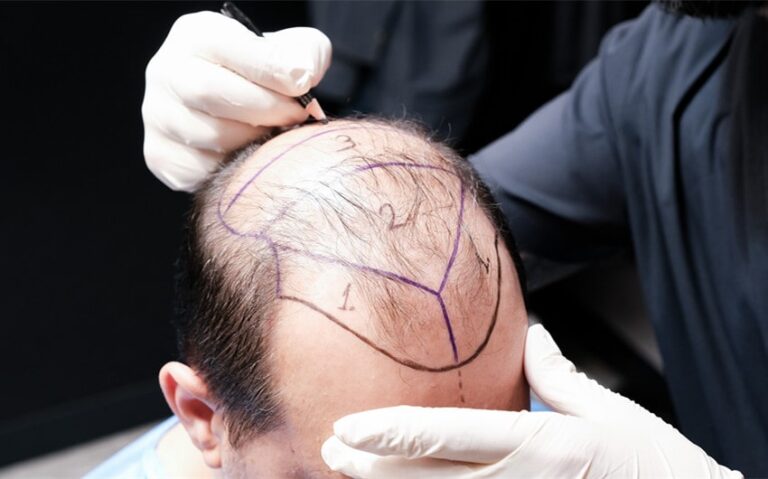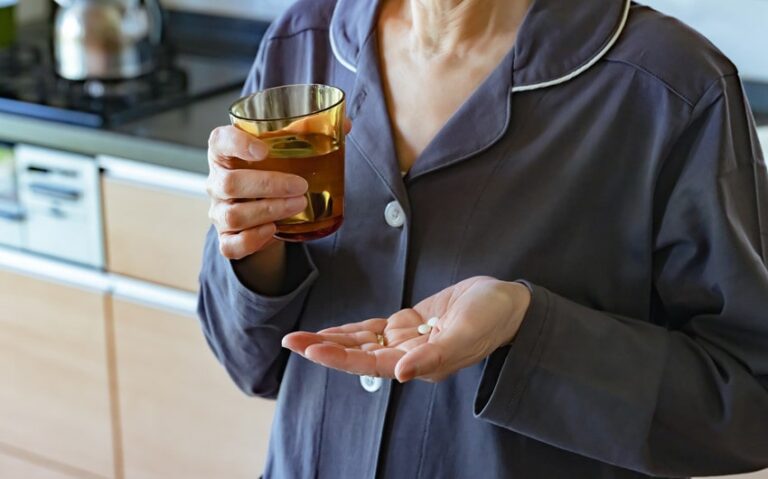How Long Should You Stay In A Cold Plunge For Maximum Benefit?
Cold plunging is a fast-growing trend involving people immersed in cold water at 10°C-15°C. The therapy is popular in wellness and recovery applications where people seek fast recovery from muscle pain. It also helps improve blood circulation. Cold plunging stimulates endorphin production, boosting mental clarity and mood. People can plunge into DIY home setups, purpose-designed tubs, or natural cold water sources.
People without medical contraindications can try cold plunging. However, the therapy works best for fitness enthusiasts, athletes, and people seeking better circulation and stress relief. Beginners and professionals find cold plunging highly suitable in diverse settings. Cold plunging is never about the appropriate equipment. It is also about proper timing.
The following tips help you understand how long to stay in a cold plunge for maximum benefits.
1. User Experience Level
Cold plunging involves more than just immersing oneself in a therapy tub. Users should master the art of controlling their breathing to promote relaxation. Your ability to withstand and manage the shock depends on your skills and adaptation capacity. People new to the therapy should allow time for steady adaptation to avoid devastating their system. They should start with 30 seconds to two minutes to allow sufficient time for the body to adapt to the cold shock.
Anyone who has experimented with at-home cold therapy tub options can last longer. Their bodies have adapted to manage the cold, giving them better control over the plunging sessions. They can stay in the tubs for two to four minutes to reduce inflammation and muscle soreness. Seasoned cold plunge practitioners have attained maximum cold management capacity. Their bodies are tolerant of higher temperatures.
2. Consistency and Adaptation
The human body takes time to adapt to cold. The more you expose yourself to cold, the better the body can handle and regulate the responses. Adaption takes days or weeks, depending on your tolerance and consistency. Long-term exposure enables the body to handle rapid breathing, discomfort, and shivering. Repeated cold plunges make the body excellent at regulating its responses. That increases comfort, improves circulation, and reduces sensitivity to the cold. Adapting prolongs your immersion experience.
Consistent practice ensures the body maintains and leverages the benefits of cold plunging. You can practice weekly or daily, training the body to feel comfortable and at ease. Consistency is integral for optimizing long-term effects. It improves mental resilience and reduces inflammation. Shorter, regular cold plunging sessions are more impactful than fewer, longer sessions.
3. Water Temperature
Your capacity to stay in the cold plunge for maximum benefits depends on the water temperature. The correct temperature influences the effectiveness and safety of each cold plunge session. Many cold plunge tubs and systems have built-in temperature settings between 50°F and 59°F.
Regulating the temperature to the recommended settings ensures your body can manage shock response. It supports the stimulation of positive physiological effects. Temperatures below the recommended range require shorter immersion sessions to prevent body strain and hypothermia. Maintaining the best temperature balance makes the therapy manageable and beneficial.
Water temperatures above 59°F seldom provide equal therapeutic benefits. The stimulus from the cold immersion is barely impactful. It can rarely generate vasoconstriction and endorphin release. Users can adjust the cold plunge temperature to suit their experience, tolerance, and goals. Beginners should stick to the upper end of the recommended temperature range.
4. The Cold Plunging Goals
Are you experimenting with cold plunging therapy for recovery or muscle inflammation-reducing reasons? Or do you want to achieve a clear mind and reduce swelling? The reason for cold plunging determines the time you should stay in the plunge system. Users seeking to lower muscle inflammation can plunge for two to four minutes. Post-exercise recovery users can relax in the system to enjoy the therapy for a maximum of four minutes to reduce swelling and constrict blood vessels.
People battling mental issues like stress and depression can plunge for a maximum of two minutes. Two minutes in the cold plunge are sufficient to induce a sense of calm and trigger endorphin release. People wanting to build cold resilience and tolerance should make their immersion sessions longer. Four to five minutes allow the body to adapt to the cold and establish a higher tolerance. Customizing the immersion time to align with your objectives maximizes comfort and safety.
5. Health and Physical Condition
The best cold immersion timeframe depends on your health and physical condition. People with emotional or physical disorders can seldom stay long in a cold plunge. Heart problems and high blood pressure can worsen in such temperatures. Sudden exposure to cold can stress your blood vessels and the heart, worsening health symptoms.
Extreme cold sensitivity and Raynaud’s disease patients can experience complications and discomfort following sudden exposure to cold. Pregnant and nursing mothers should exercise caution when immersing in cold plunges. Anyone recovering from illness or injury should seek professional advice before cold immersion.
People with heart conditions should do short, regular immersions of under 1 minute. Medical approval and recommendations are necessary to minimize the impact. Because of the risk of circulation and discomfort for people with cold sensitivity and Raynaud’s disease, people should stay in cold plunges for 30 seconds or less. Prolonged exposure can worsen the conditions and trigger discomfort.
Many health professionals never recommend cold plunging for pregnant and nursing mothers. Immersing in cold plunges stresses the body and can lead to serious side effects. Pregnant women who choose to do cold plunging should never exceed one minute. They should always do a mild cold water immersion.
People without medically recognizable health concerns have the liberty to adjust their immersion time to their preferences. You can fine-tune the time of immersion based on your experience and tolerance. Many experts recommend setting the cold plunge above 30 seconds and below five minutes for maximum benefits.
Wrapping Up
Cold plunging therapy has attained preference in the busy world for many reasons. People engaged in busy lifestyles and exercises require therapy for enhanced recovery, circulation, and reduced inflammation. It is a highly adaptable therapy, enabling people to customize the immersion time to their preferences. You can decide the duration to stay in the cold plunge, depending on your goals, experience level, and health condition.
Prioritize safety and monitor body signals to adjust the immersion time. Consistency in cold plunging therapies can help you build tolerance and maximize the benefits. Beginners and professionals should leverage this powerful wellness tool to enjoy the many benefits.
Featured image source: iceboundessentials.com







